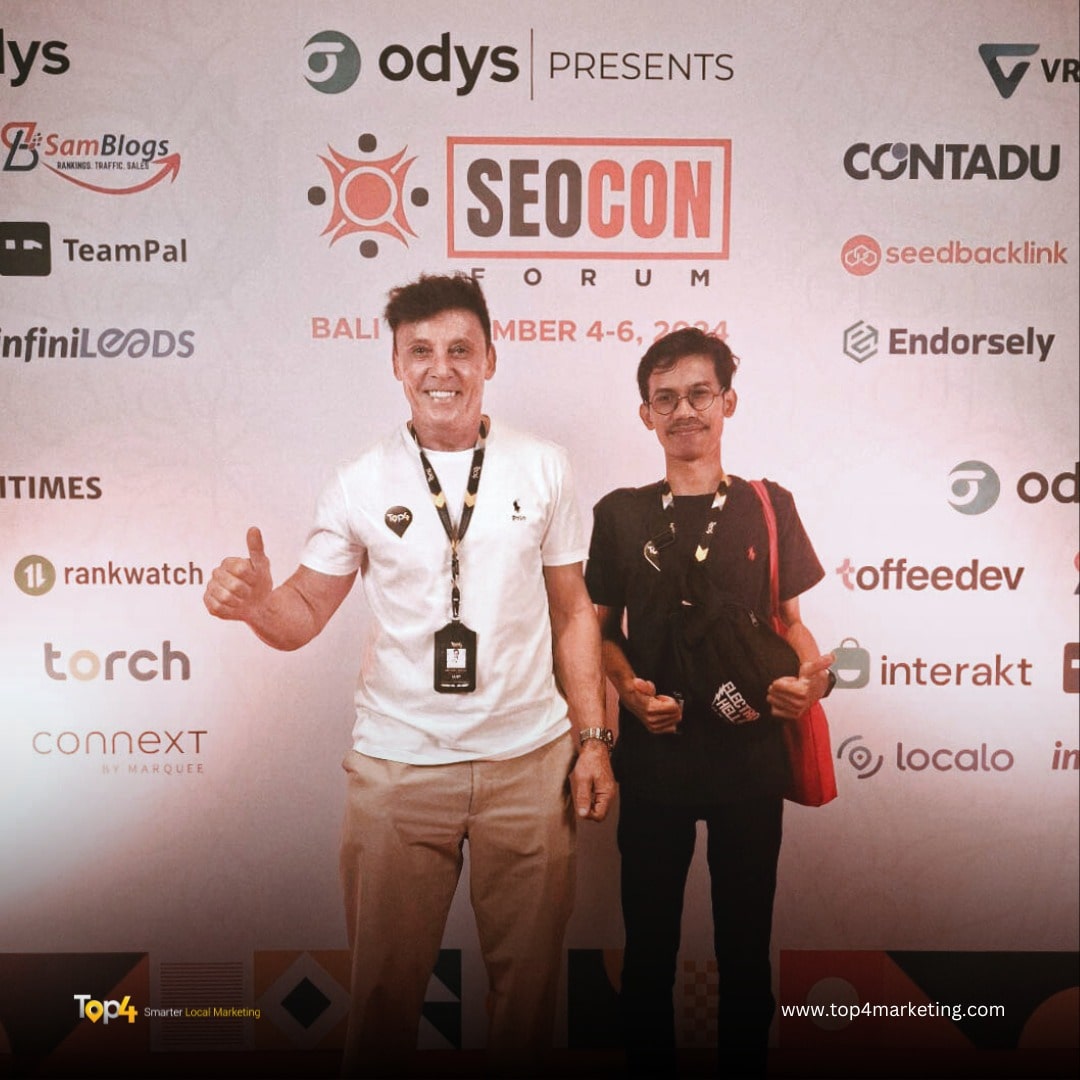Have you ever wondered how some local businesses seem to dominate online advertising while others struggle to see results? In a world where artificial intelligence is reshaping almost every industry, paid media has rapidly evolved into a dynamic landscape. As AI takes a more central role in managing campaigns and analyzing performance data, many business owners find themselves asking if human skills are still needed or if machines have taken over completely. The reality is a compelling blend of both. Successful franchises and local enterprises recognize that high-performing paid media teams are the secret ingredient for sustainable digital growth, even as AI in paid media redefines the rules of the game.
Across Australia and beyond, businesses have witnessed abrupt changes in consumer behavior, platform algorithms, and the competitive arena. AI for paid ads helps campaign managers spend smarter and act faster, but its true potential is only realized when paired with people who possess drive, creativity, and adaptability. Building paid media teams in the age of AI means more than hiring technicians or following yesterday’s roadmaps. It’s about cultivating a group of marketers who can think critically, communicate well, keep pace with innovation, and harness technology without losing the human touch.
This article explores practical steps for constructing an agile, AI-ready marketing team structure for paid media excellence. We will share key attributes to look for in your next hires and how to nurture a team culture geared to outpace not just algorithms, but your fiercest competitors as well. Let’s help you fashion a strategy that ensures long-term growth, real impact, and a future-proof digital presence.
The Evolution of Paid Media Teams with AI Integration
The transformation of paid media has become especially apparent with AI entering the toolbox of every serious marketer. Once, campaign management revolved around manual adjustments, testing countless variables, and spending long hours poring over spreadsheets. Now, AI in paid media can automate bidding, optimize ad placements, and provide insightful campaign analytics in real time. These efficiencies, however, do not erase the need for talented individuals. In fact, they make the role of paid media specialists even more significant.
AI enables teams to process enormous volumes of data far more swiftly and accurately than humanly possible. Yet interpretation, strategic planning, and brand alignment remain deeply rooted in human expertise. As AI for paid ads expands its influence, the best paid media teams stand out for their capacity to translate AI-generated insights into bold, creative campaign moves. Human marketers diagnose subtle market shifts, test original ideas, and inject brand voice with empathy, skills no algorithm can truly replicate.
The marketing team structure now requires a blend of technologically agile roles: data analysts, AI specialists, creative strategists, and channel experts. These experts work together to maximize the strengths of automation while maintaining a sharp focus on business goals, customer needs, and brand differentiation in local markets. As a result, AI is not replacing jobs, but redefining how teams are built and who will lead paid media into the future.
Core Competencies Needed in AI-First Paid Media Teams
So, what makes a marketer irreplaceable in the age of AI-driven advertising? While technical prowess remains valuable, it’s the soft skills and mindset that allow individuals and teams to stay ahead of both algorithms and competitors. When building paid media teams, these four characteristics should top your list:
Ambition to Learn: The best paid media professionals approach AI tools and new digital channels with a continual drive to master the unknown. As platforms constantly update features and machine learning models, having a team that embraces ongoing education and quick adaptation is essential for keeping your campaigns relevant and effective.
Curiosity and Healthy Skepticism: AI-generated recommendations are powerful, but they are not infallible. Skilled marketers ask probing questions, challenge assumptions, and interrogate anomalies in campaign data. This blend of curiosity, backed by a readiness to question AI outputs, ensures smarter decisions and better campaign outcomes.
Clear and Empathetic Communication: Success in paid media hinges on the ability to articulate strategy both internally and externally. Team members must summarize complex AI-driven findings for stakeholders, translate technical jargon into actionable insights, and maintain meaningful client relationships through transparency and understanding.
Creativity in a Vacuum: No matter how sophisticated AI becomes, it cannot originate big ideas or forge cultural connections. When algorithms provide consistent recommendations, true differentiation lies in the creative spark, those campaign concepts developed under pressure or with little external input. This kind of creativity drives memorable results and keeps your brand standing apart from AI-generated sameness.
Strategic Roles and Structure in the Modern Paid Media Team
Constructing a resilient marketing team structure for a future shaped by AI means carefully defining each role, then building authentic collaboration across areas of specialization. A typical AI-powered paid media team includes:
- Paid Media Strategist: Oversees campaign planning, aligns initiatives with business goals, and translates AI findings into innovative media strategies.
- AI & Data Analyst: Utilizes AI in paid media platforms to review datasets, identify patterns, and optimize campaigns in line with audience insights.
- Creative Content Specialist: Develops ad copy, visuals, and brand stories that resonate, ensuring delivery remains distinctly human even in automated settings.
- Campaign Manager: Handles deployment, monitors ongoing performance, and makes crucial real-time adjustments, balancing AI automation with human judgment.
- Client Relationship Lead: Bridges communication between stakeholders and the paid media team, presenting findings and justifying approaches with empathy and clarity.
Coordinating these varied disciplines enables campaigns to adapt to rapid market changes. Teams well-versed in AI for paid ads not only automate repetitive tasks but also interpret results from an audience perspective, deliver local content, and continually refine messaging for maximum impact. In this environment, marketers prosper by sharing knowledge, challenging each other constructively, and evolving alongside technology.
Implementing AI in Paid Media: Best Practices for Local Success
The road to effective AI integration is paved with both opportunity and responsibility. As local businesses and franchises look to maximize paid advertising budgets, leveraging AI streamlines many processes, but also demands thoughtful oversight. Some best practices include:
Select the Right AI Tools: Different sectors require customized solutions. Assess platforms that allow granular targeting, incorporate local data, and offer actionable insights for your unique needs rather than relying blindly on generic global platforms.
Set Clear KPIs: Ensure all stakeholders agree on the definitions of success. AI in paid media can measure everything from conversions to customer engagement, but these metrics must support broader business objectives rather than just vanity numbers.
Test and Iterate, Don’t Automate Blindly: Use AI to run A/B tests, forecast outcomes, and highlight inefficiencies. However, encourage your team to review AI decisions, interpret unexpected shifts, and intervene when results stray from expectations.
Prioritize Privacy and Transparency: AI platforms process sensitive data. Work with vendors who prioritize secure handling of customer information and ensure that your communication with clients remains open regarding how data is used.
Promote Collaboration: AI thrives within organizations that break down silos. Regular training sessions, workshops, and open feedback sharpen everyone’s understanding of where humans and technology intersect for best results.
Ensuring these best practices are woven into your paid media strategy not only keeps your business agile, but also strengthens consumer trust and brand loyalty in a digitally driven marketplace.
Fostering a Culture of Continuous Learning and Innovation
AI will keep transforming paid advertising, but true marketing leaders understand that people are the primary asset. The most successful paid media teams are those that prioritize adaptability, ongoing learning, and bold experimentation. Encourage your staff to attend conferences, stay current on platform updates, and contribute ideas no matter their tenure or job title.
When building paid media teams, create a safe space for failure and reflection. Algorithms cannot iterate without data, but humans can learn from wins and setbacks alike, applying these lessons rapidly to upcoming campaigns. Recognize and reward curiosity, whether someone suggests an out-of-the-box ad creative or questions an AI output the majority would accept without thought.
This collaborative culture attracts ambitious, passionate professionals who see marketing team structure as a springboard for both personal and business development. Equipping your team with access to high-quality training and encouraging cross-functional projects ensures resilience. It also guards against stagnation, as team members become adept at both interpreting new technologies and anticipating market changes before they arise.
Conclusion
The arrival of AI in paid media has upended many assumptions about how digital advertising should work. While automation is now a staple feature of campaign management, true advantage comes from the people who stand behind the machines. The most forward-thinking businesses see AI not as a replacement for expertise, but as a catalyst to elevate their teams’ performance and creativity.
Building effective paid media teams in this AI age requires more than a technical checklist; it demands a holistic approach to hiring, training, and culture-building. Marketers who combine relentless ambition, the courage to question, strong communication, and inventive thinking will thrive. As AI for paid ads becomes more widely adopted, competition among local businesses and franchise owners will hinge on their ability to cultivate these rare qualities in their people.
If you are seeking to reorganize your digital marketing team structure or harness the latest AI capabilities for paid media, you need a partner with hands-on experience and a proven record of delivering real business results. At Top4 Technology, we specialize in helping local businesses and franchises build strategies and teams that drive measurable growth through AI-enabled campaigns and human-centered insight. Find out how our tailored solutions can position your business at the front of the digital pack. Talk to our paid media specialists today and let’s accelerate your online success.


 SAUDI ARABIA
SAUDI ARABIA

























